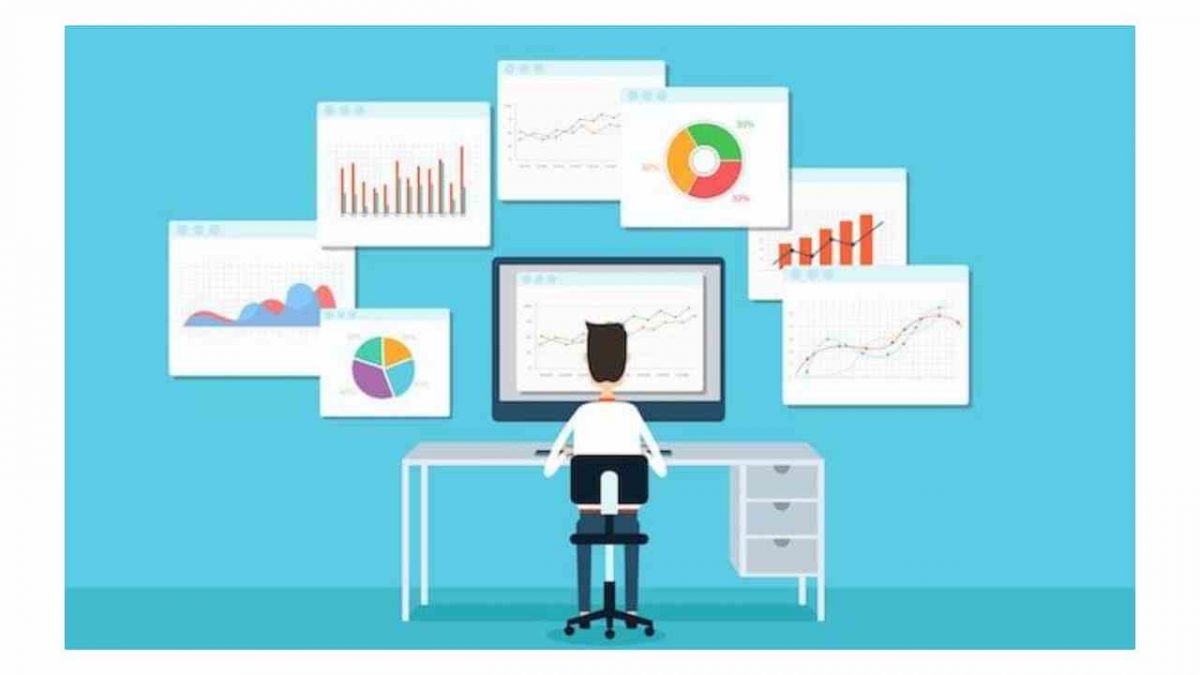Like most business owners, you’re always looking for new ways to improve your operations and increase your profits. Predictive analysis is a powerful tool that can help you do just that. Here are five reasons you should implement a predictive analysis tool from well-known sites like this in your business.
Table of Contents
1. Predictive Analysis Can Help You Detect Patterns and Trends in Your Data
Based on historical data, predictive models can identify patterns and trends that may occur in the future. This information can be used to decide how to respond to future events. For example, suppose predictive analysis reveals that a certain product will likely be in high demand. In that case, businesses can stock up on inventory to meet the expected demand.
Predictive analysis can also be used to prevent problems from occurring. For instance, if predictive models reveal that a particular combination of factors is likely to lead to fraud, steps can be taken to prevent it.
2. It Can Help You Forecast Future Outcomes and Trends
Predictive analytics uses multiple techniques from data mining, statistics, modeling, and machine learning, along with artificial intelligence, to analyze current data to create predictions. Predictive analytics aims to make business decisions in uncertain situations.
It provides a quantitative foundation for decision-making under uncertainty. For example, many organizations use predictive analytics to detect fraud and abuse, such as insurance companies detecting fraudulent claims and financial institutions detecting money laundering.
The technology is also used in retail for store layout optimization and cross-selling and up-selling products to customers. Predictive maintenance is a related field that uses predictive analytics to analyze data from sensors on equipment to detect conditions likely to lead to failure so that maintenance can be scheduled before the failure occurs.
3. Can Identify Risk Factors and Opportunities for Improvement
It uses statistical techniques to build models that can learn from data and make predictions about future events. These models can be used to identify risk factors and opportunities for improvement. For example, predictive analytics can identify patients at risk of developing a particular disease or predict which customers are likely to churn.
Predictive analytics can also improve outcomes by identifying the best course of action in a given situation. For example, in healthcare, predictive analytics is used to reduce hospital readmissions, and in retail, it is used to improve customer satisfaction.
4. Can Improve Decision-Making Processes by Providing Insights Into Customer Behavior, Preferences, and Trends
Predictive analytics is the data science that uses historical data to predict future events. It can improve decision-making by providing insights into customer behavior, preferences, and trends. For example, predictive analytics can identify which customers are likely to respond to a marketing campaign or forecast how demand for a product will change over time.
By understanding how past behavior patterns can predict future behavior, organizations can make better decisions about where to allocate resources and how to address potential risks.
5. Can Help You Optimize Marketing Campaigns and Strategies
Predictive analysis is data mining that uses past customer behavior to identify future trends. By analyzing past purchase patterns, predictive analytics can help businesses understand what their customers will likely buy in the future.
This can then be used to optimize marketing campaigns and strategies. For example, if a predictive analysis shows that a certain customer segment is likely to purchase a particular product, the business can target that segment with specific marketing messages.
Experts mention predictive analytics is a technology that makes your business future-ready, and the five reasons given in the post are convincing to implement a predictive analysis tool.


